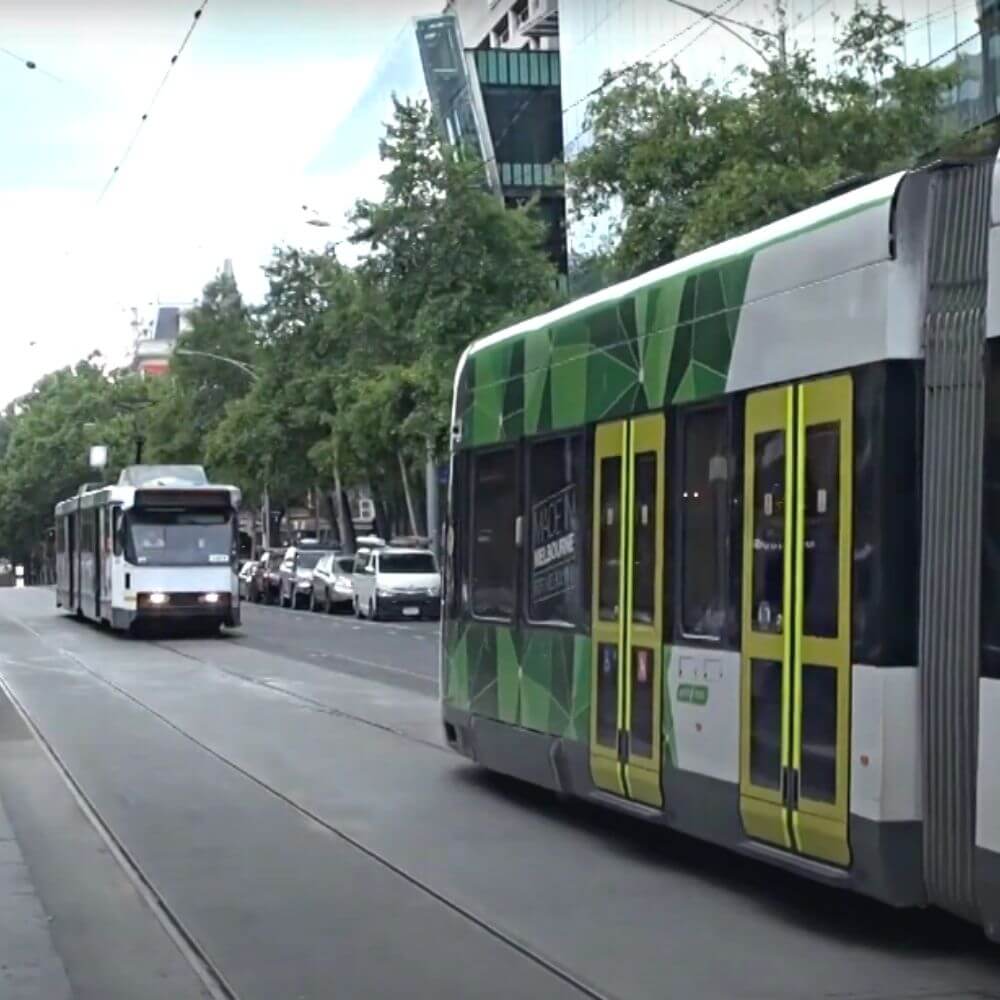100 new trams will be built by a French company as part of a deal worth $1.85 billion
In a deal worth $1.85 billion, the Victorian government has agreed to build 100 accessible trams in the southeast of Melbourne. Alstom, a French company that makes rolling stock, will build them.
The announcement comes after the state government put $1.48 billion toward the project in the state budget last year. It’s an increase of $370 million from the first projections.
Premier Daniel Andrews said that the state government had gotten better value today than we’ve ever got.”
“We do our very best to estimate what things will cost, we make our provisions accordingly, and then we get on and provide the most competitive environment,” he stated.
“And that’s the thing, we get better value today than we’ve ever got because the rolling stock industry is strong and healthy.”
The G class trams will have 65 per cent of their parts made in the United States, and they will be ready to go on the market in 2025.
People with disabilities will be able to use them instead of some of the high-floor A, B, and Z models in Melbourne.
Manufacturing, the supply chain, and the construction of a depot and maintenance facility in Maidstone are all part of the project. It is expected to create about 1900 jobs in these three areas.
Andrews said that the contract was about jobs and the future of the manufacturing and rail industries in Victoria, which were “on its knees,” and that it was important to keep them going.
“What [manufacturers] need to secure their future is long-term certainty,” he said.
“They need orders not just for boom and bust, but a solid order book that gives them the ability to hire, to train, to invest, and to deliver a fantastic product.
“This is the biggest ever investment in trams and one of the most significant investments in rolling stock.”
Alstom’s factory in Dandenong will start making trams next year, and the first ones will be on the network in 2025.
This means that they will have power battery systems that will make them less reliant on the grid and cut down on the need to change substations and power lines.
People can put these trams anywhere because of the power propulsion and the regenerative braking. They don’t have to build substations or change any part of the network, either.
Carroll said that the trams will be twice as big as the current models so that people can get away from each other and have space for wheelchairs and other mobility aids, and they will be significantly quieter.
Accessibility advocates, tram passengers, and tram divers will help revise the design after it is put out for a bid.
By December 2022, more than 1700 tram stops in Melbourne must be wheelchair-accessible. By the end of 2032, the entire tram fleet must have low floors.
Andrews said Thursday that it was hard to say if the stops would meet the standards by the end of the year. He blamed the local councils for blocking the upgrades, and said it was “very difficult to know.”
“We’ve had some local governments that have said: ‘oh well no, we don’t want these new tram stops’ and that’s been very, very challenging,” he stated.
“We know there’s more to be done there but having low-floor rolling stock is a critically important part of this, so that’s the bit we can control and we’re dealing with that obviously very well today.”
Steph Ryan, a spokeswoman for the opposition, said the Andrews government had been “sitting on its hands” for years while commuters had to deal with old trams.
There are 510 trams in Melbourne, and almost 400 of them were built more than 20 years ago, she said. Some trams are even 50 years old.
“Labor can’t manage major projects and today’s window dressing – which appears to be hundreds of millions of dollars over budget already – is cold comfort for the Victorians who are forced to travel on the ageing rolling stock that’s no longer fit-for-purpose,” she said.
In 2020, Alstom will buy Melbourne’s former tram maker, Bombardier. This means that Alstom is now the main manufacturer of rolling stock in Victoria. Those trains were built by Bombardier, and they run on the V/Line network.

